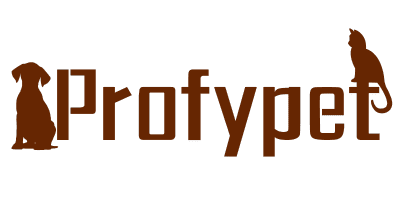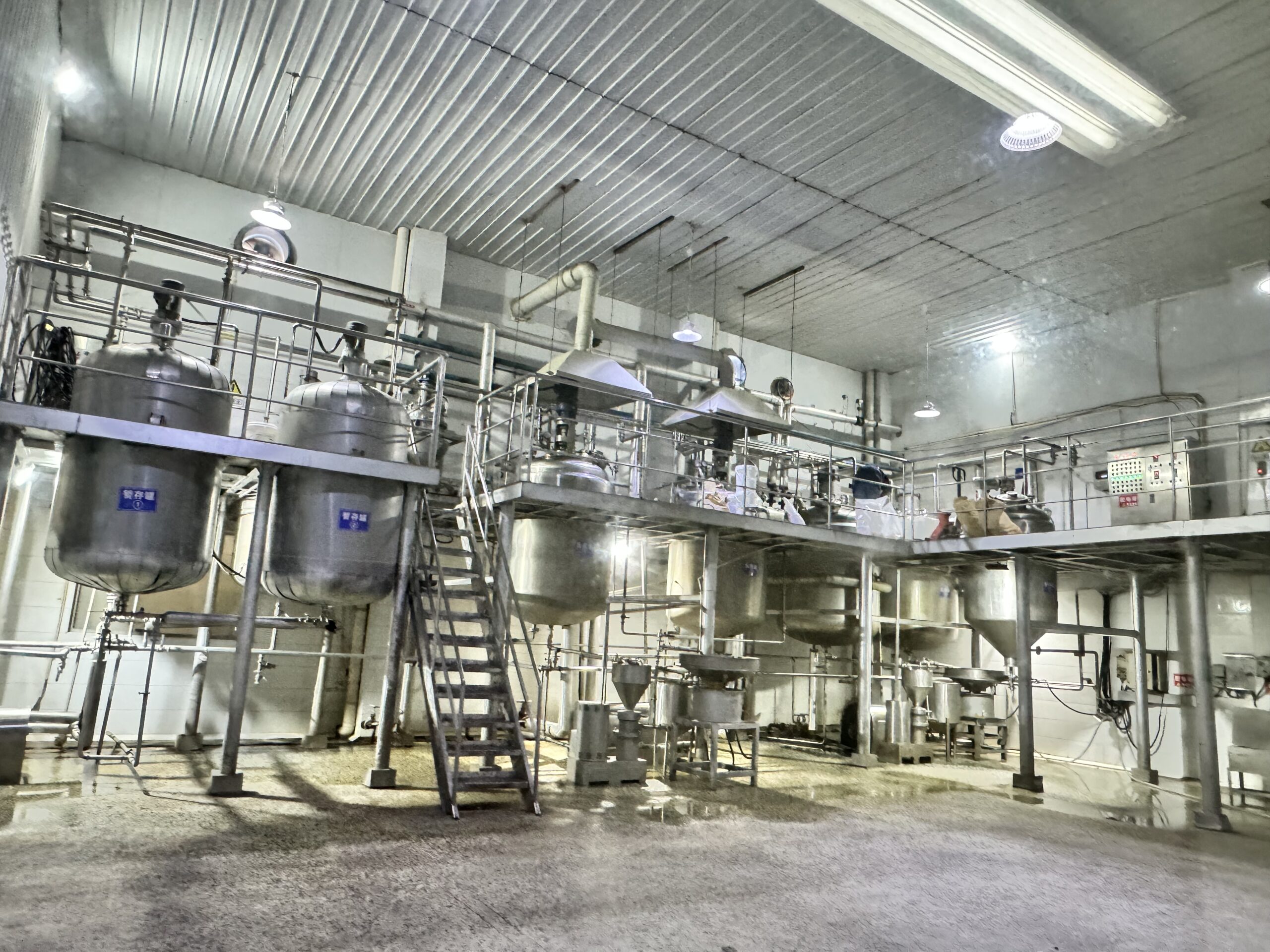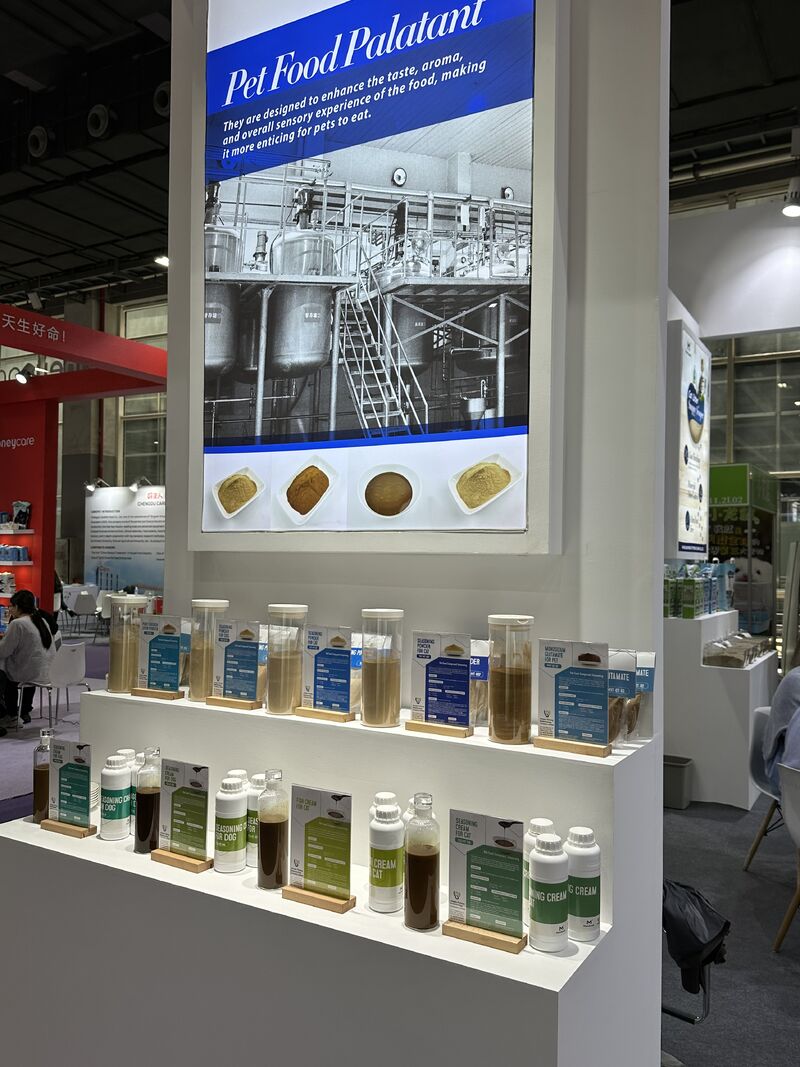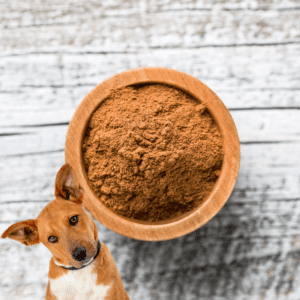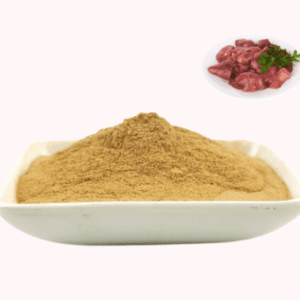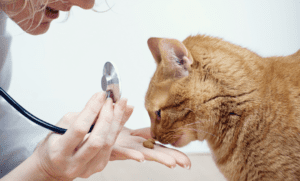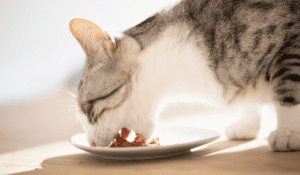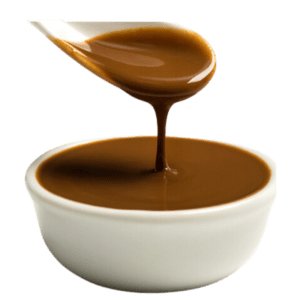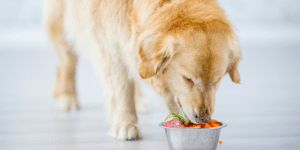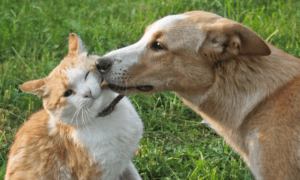The pet food industry is a competitive landscape where manufacturers continuously seek innovative ways to enhance the appeal of their products. One such innovation is the use of enzymes to improve the palatability of pet food. This article explores how enzymes are revolutionizing the pet food industry, making meals more appealing to pets, and how this can benefit manufacturers in attracting more buyers.

Understanding Pet Food Palatability
Palatability in pet food refers to the sensory appeal that entices pets to consume it eagerly. It encompasses various factors such as taste, aroma, texture, and even the appearance of the food. For manufacturers, achieving high palatability is crucial as it directly impacts a pet’s willingness to eat and thus, the overall success of the product in the market.
The Role of Enzymes in Enhancing Palatability
Enzymes, particularly proteases and lipases, play a significant role in enhancing the palatability of pet food. These enzymes work by hydrolyzing proteins and fats in meat by-products and plant-based proteins, breaking them down into smaller, flavor-rich molecules that are more appealing to pets.

Proteases and Lipases:
- Proteases break down proteins into peptides and amino acids, which are more flavorful and easier for pets to digest.
- Lipases hydrolyze fats, releasing free fatty acids that enhance the aroma and taste of the food.
These enzymatic processes not only improve the flavor but also enhance the texture and nutritional value of the pet food, making it more desirable for pets (Biocatalysts) (Ingredients Network).
Innovations in Enzyme Application
Vacuum Coating Technology
A notable innovation in the application of enzymes is the vacuum coating technology. This technique involves using a vacuum coater to apply palatants and fats to kibble. The process enhances the penetration of these coatings, ensuring that the flavors are well-infused within the kibble. This method significantly boosts the kibble’s palatability by increasing its flavor intensity and aroma (PetfoodIndustry).

Extrusion Porosification Technology (EPT)
Another advanced technique is the Extrusion Porosification Technology (EPT), which produces porous powders with enhanced functional properties. EPT improves the rehydration and flowability of palatants, ensuring that they better adhere to the kibble and enhance its aromatic profile. This technology not only improves palatability but also ensures that the flavors are preserved longer, maintaining the pet food’s appeal over time (PetfoodIndustry).
Benefits for Pet Food Manufacturers
For pet food manufacturers, utilizing enzymes to enhance palatability offers several benefits:
- Increased Market Appeal: Products with superior palatability are more likely to be favored by pets, leading to higher consumer satisfaction and repeat purchases.
- Nutritional Enhancement: Enzymes not only improve taste but also enhance the nutritional profile of pet food, appealing to health-conscious pet owners.
- Brand Differentiation: Manufacturers can differentiate their products in a crowded market by emphasizing the use of advanced enzymatic techniques to boost palatability.
- Reduced Waste: Improved palatability means pets are more likely to consume the food entirely, reducing waste and improving feeding efficiency.

Case Studies and Success Stories
Several leading pet food brands have successfully incorporated enzymatic processes to enhance their product offerings. These companies have reported significant improvements in pet acceptance and overall market performance. For instance, brands using vacuum coating technology have noted higher palatability scores and increased customer loyalty due to the consistent quality and flavor of their products (Ingredients Network) (PetfoodIndustry).
The Future of Pet Food Palatability
The future of pet food palatability looks promising with ongoing research and development in enzymatic applications. Emerging technologies are expected to further refine the process, making it more efficient and cost-effective. Additionally, as consumer awareness about pet nutrition grows, the demand for high-quality, palatable pet food is likely to increase, driving further innovations in this field.

Conclusion
Enzymes are a game-changer in the pet food industry, offering a natural and effective way to enhance the palatability of pet food. By leveraging advanced enzymatic techniques, manufacturers can create products that not only taste better but are also nutritionally superior. This not only satisfies the pets but also meets the expectations of pet owners, leading to increased market share and brand loyalty.
For manufacturers looking to stay ahead in the competitive pet food market, investing in enzymatic technology is a strategic move that promises significant returns. Whether through vacuum coating or EPT, the use of enzymes in pet food production is a testament to the industry’s commitment to innovation and quality.

By focusing on these cutting-edge methods and continuously seeking to improve, manufacturers can ensure that their products remain at the forefront of the market, providing superior palatability that pets love and owners trust.
For more detailed information on how enzymes can enhance the palatability of your pet food products, visit Profypet, a leader in the production of pet food palatants.
